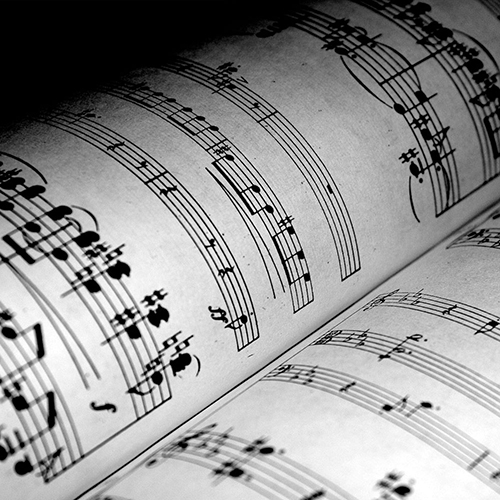|
|
I. Andante misterioso e molto espressivo
II. Adagio cantabile
III. Allegro energico
IV. Allegro feroce alla marcia
V. Allegro caloroso ma leggero
|
My concerto owes its title to, and draws its expressive impetus from, the work of the celebrated Venetian, Ugo Foscolo, whose expansive poem “Sepulchres” (1806) is a moving and provocative meditation on how we remember the deceased, addressing the physical—how time inexorably erases the tombs erected in honour of the dead; the non-material—how, nonetheless, the departed live on as memory in the minds of the living; and, the historical—how memory, when passed on across generations, transcends material history. My work is not programmatic; I include brief quotations from the poem at the end of each movement, merely as suggestions, and which I reproduce below. The violin, and the violin concerto, are both essentially Italian inventions. Vivaldi’s chief and far-reaching contribution was the forging of a new genre, the solo violin concerto, underpinned by a distinctive approach to ritornello form, in which a tutti refrain (the ritornello) returns, often varied and abridged, in a variety of keys, interspersed by lightly accompanied solo episodes, often increasingly expansive. In the concertos of this other famous Venetian there is a lot to admire: energy from interlocking and imitative rhythmic patterns; bountiful chromatic sequences laden with suspensions; lyrical slow movements; bold unison writing; simplicity and economy; driving repeated-note themes; tonal, textural, and dynamic contrast. In the solo part, patterns: the pattern is the thing, the musical idea of interest itself, that we behold like the gleaming faces of a jewel. (Did I mention the sequences?) Vivaldi’s example serves only as a starting point. My concerto’s harmonic world inhabits an extended tonal idiom, the ritornello and the sequences themselves moving among a multitude of scale-types. I treat rhythm flexibly: conflicting rhythms, metres, and even tempi, abound. There are five movements instead of the customary three. In the first, the soloist inhabits the violin’s registral stratosphere where it introduces, in a brooding B-flat minor, the work’s omnipresent two-note “tear” motive. The Adagio, interrupted by two cadenzas, metrically decouples the soloist’s lyrical line from the accompaniment. Illuminated by shining harmonics, the swirling third movement alludes to Galileo’s discovery of “more worlds rotating in the eternal sky”. The martial fourth movement, in 7/8, features stabbing multiple-stops and other percussive effects. And in a nod to Foscolo’s idea of memory, the finale recalls the ritornellos of three earlier movements in its episodes, while resolving the tonal journey in B-flat major. I am grateful to the work’s dedicatee, Marc Djokic, for his technical mastery, musical insight, and unflinching enthusiasm. I thank the co-commissioning ensembles, Sinfonia Toronto, Thirteen Strings, and Orchestre classique de Montréal, and acknowledge the generous support of both the Canada Council for the Arts and the Ontario Arts Council. –R.R.

